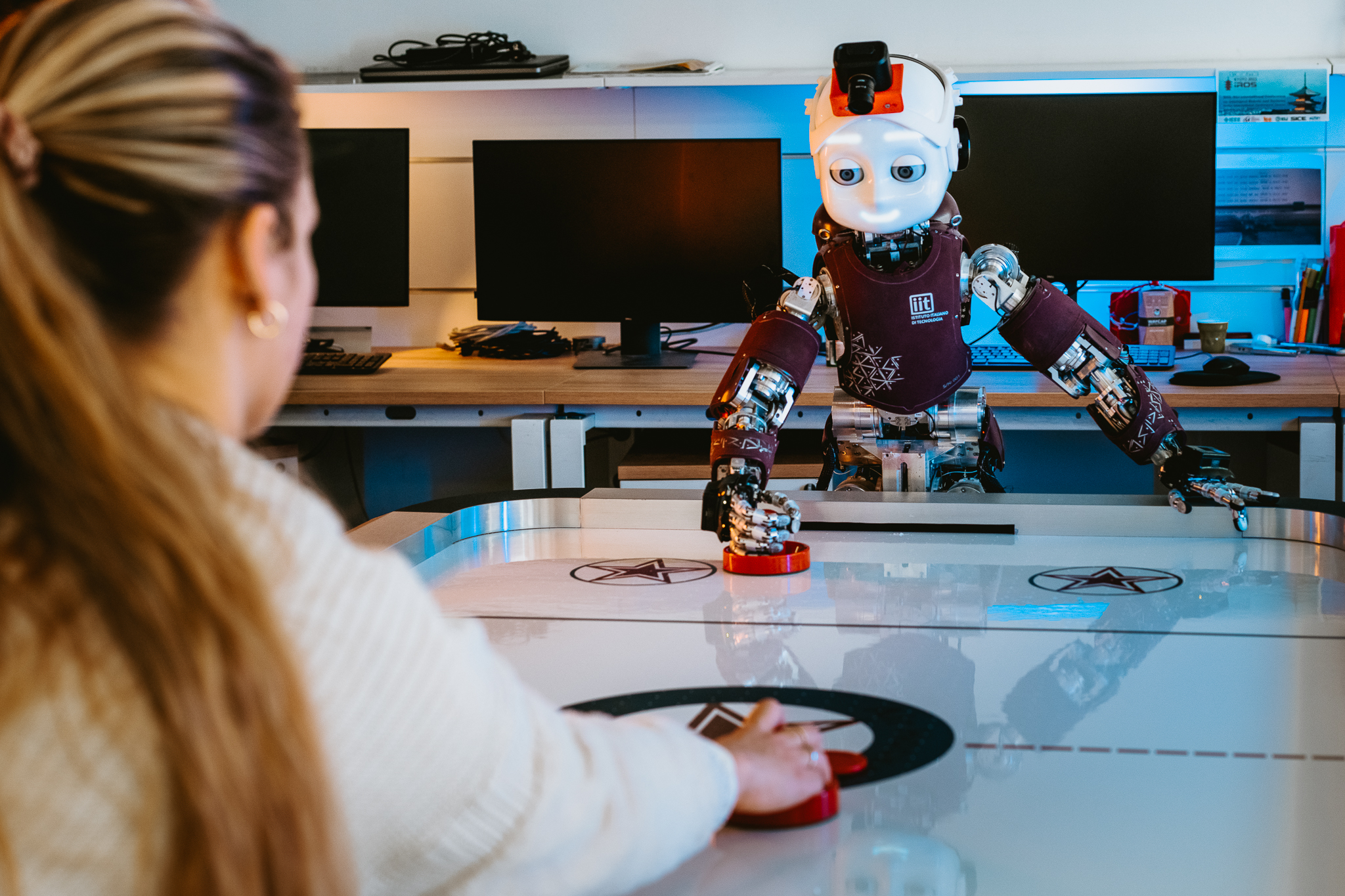We aim at continuous low latency tracking of moving targets, to overcome the problem of missing motion information in between inherently low frequency detections, that ultimately limits the speed that can be effectively tracked.
We apply this concept to tracking humans, by combining low frequency joints detection by human pose estimation networks with high-speed local joints tracking.

Joints Tracking
Joints Tracking
The problem of single-joint velocity estimation consists of estimating the velocity of a joint based only on events. Moreover, given that there is an external system that provides absolute pose observations at certain times, events are used between pose observations to estimate the velocity of the joint. The velocity is then integrated, with a first position defined as latest pose observation, and the pose of the joint is updated at a high frequency.
Event-driven Tracking, Velocity Estimation.
